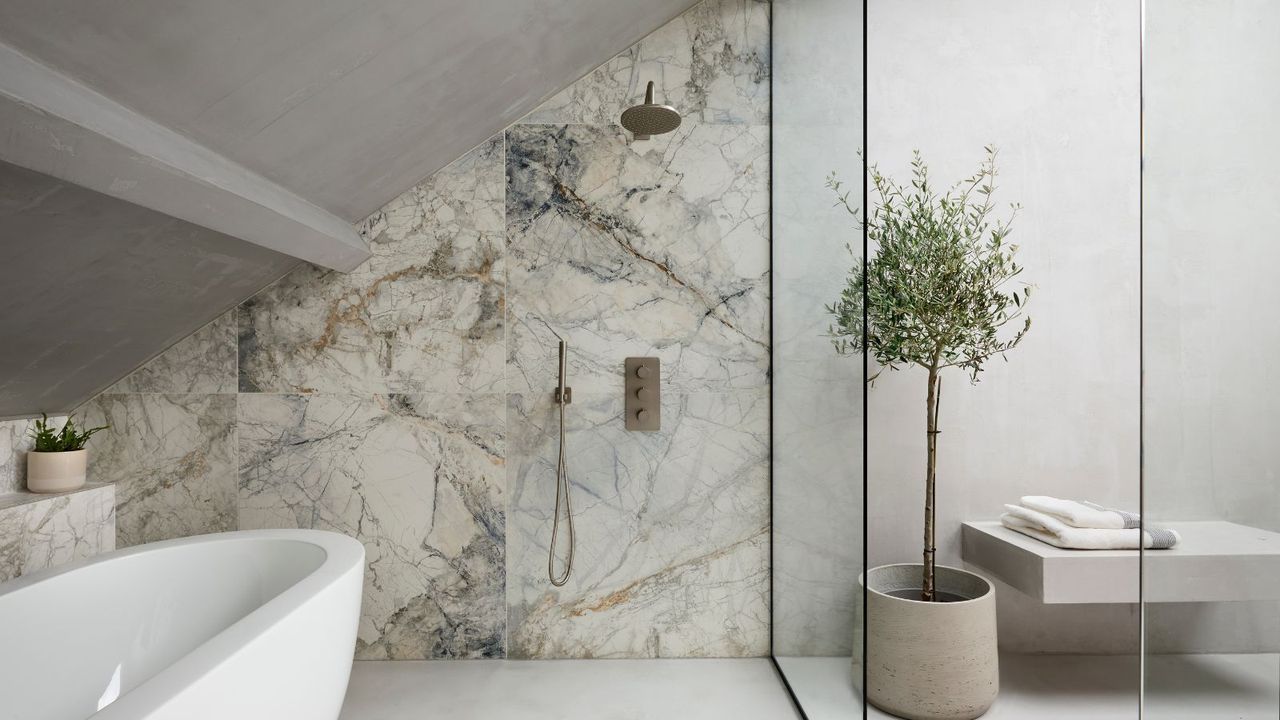
Although vinegar can help to kill mold and prevent the spread, it is a common myth that it alone can banish dark staining for good. Trust us, we tried it on our shower sealant, and the results were lackluster at best.
But what can you do to banish these hideous stains and stop it from coming back without constant scrubbing?
The solution isn't a quick one, our expert warns, but it is a lasting one. Here's how they prevent and get rid of mold in their shower, and how you can replicate the results at home.
Why Vinegar Doesn't Work for Removing Black Mold in Your Shower
It doesn't take long for mold to stain and ruin shower caulk, no matter how well or often you clean a shower. Once it has cropped up, it can spread like wildfire, permanently ruining the aesthetics of the sealant finishes of your bathroom ideas.
Although cleaning with vinegar is a simple way to kill spores without harsh chemicals, it isn't the most effective method in an area so humid and damp. Trust us, we tried it. I applied a vinegar-soaked cotton pad on the old staining in my shower overnight and saw no changes, and head of Solved Punteha van Terheyden had similar results on fresh mold.
'I was really hopeful when I tried this overnight on new black mold that had popped up out of nowhere on the sealant in my shower,' Punteha shares. 'I was particularly keen to switch from harsh chemicals to a natural method because my tiny en suite feels suffocating with strong smells.
'I poured white cleaning vinegar on the four spots that had the mold, and placed oval cotton pads over it to keep the vinegar in place. I left it overnight and in the morning, removed the pads to find absolutely nothing had changed. The black mold was still there.
'I think the problem is that the vinegar dries quickly and cannot do its natural magic. Whilst submerging your showerhead into a bag of vinegar overnight will see the mineral deposits eaten away brilliantly, this vinegar method for black mold is not in the same league. I'm reverting to my trusty commercial Active sealant cleaner from Amazon, and will leave my window open when it's doing its work instead.'
What to do Instead
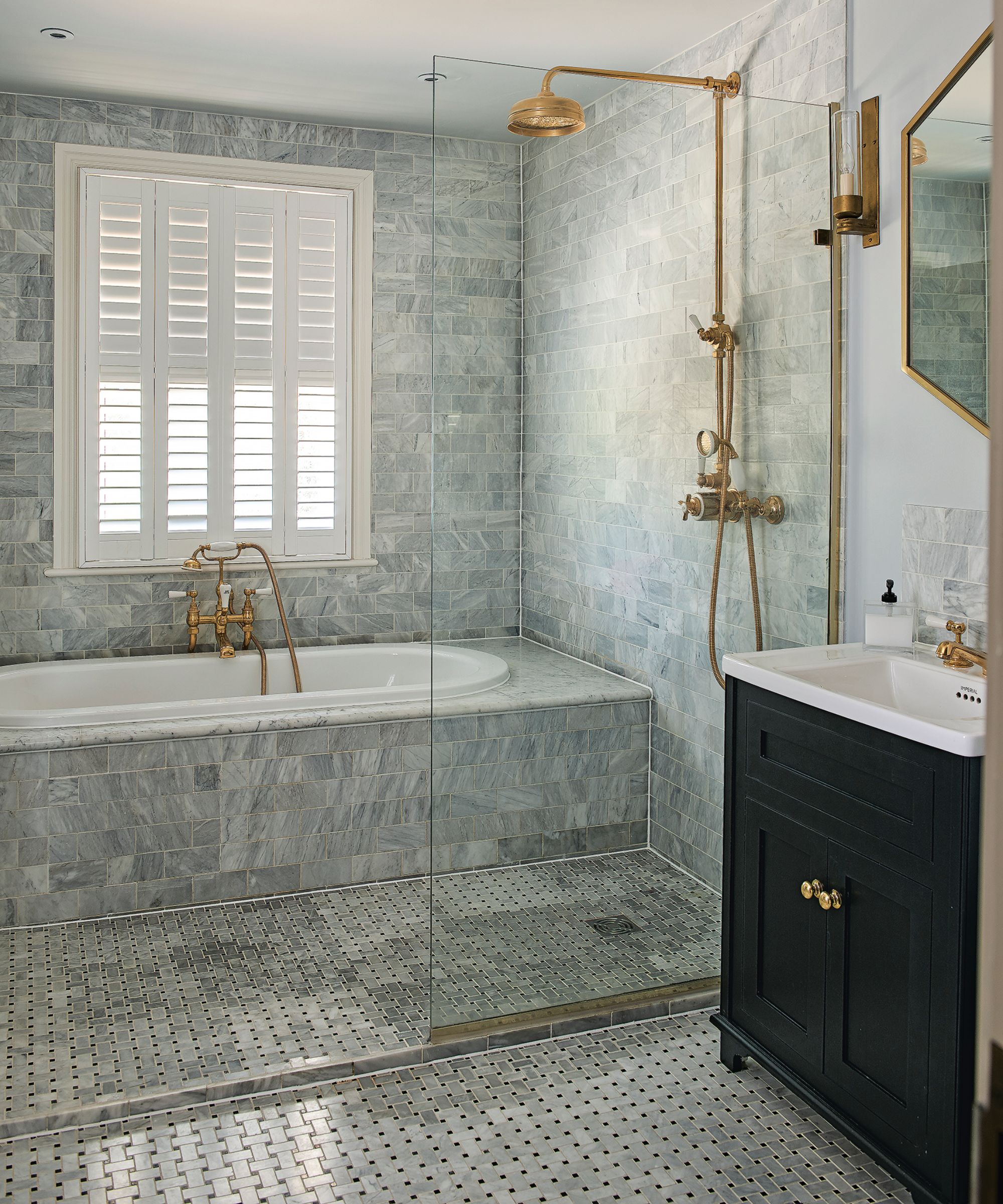
It turns out that simply cleaning a bathroom is not enough to dislodge these unsightly stains. Michael Rubino, a mold and air quality expert, environmental wellness advocate, and founder of HomeCleanse, explains that successful remediation involves a thorough approach of addressing the source, removing growth, and eliminating contaminated surfaces.
'Proper remediation means all contamination must be removed, including the colony, roots, dead mold particles, mycotoxins, and any bacteria,' he explains. 'If this is not done, the microbial growth may persist, and the area will still be contaminated with harmful microscopic particles.'
This is because caulk becomes semi-porous over time, allowing mold to sink deep beneath the surface. As a result, it can return quickly, even if you do manage to remove the surface discoloration.
The best solution is to replace the caulk completely. 'For sealants like caulk and grout, the best way to handle the situation is to remove silicone caulk, clean the area, and then caulk the shower again.'
The GE Supreme Silicone Kitchen and Bath Sealant from Lowe's promises to be mold stain resistant, and is water-ready in under 30 minutes to help speed up this maintenance task.
While this is an essential DIY skill every homeowner should know, if you do not feel confident, the area is very large, or the issue is particularly bad, it might be time to call the pros to replace the caulk for you.
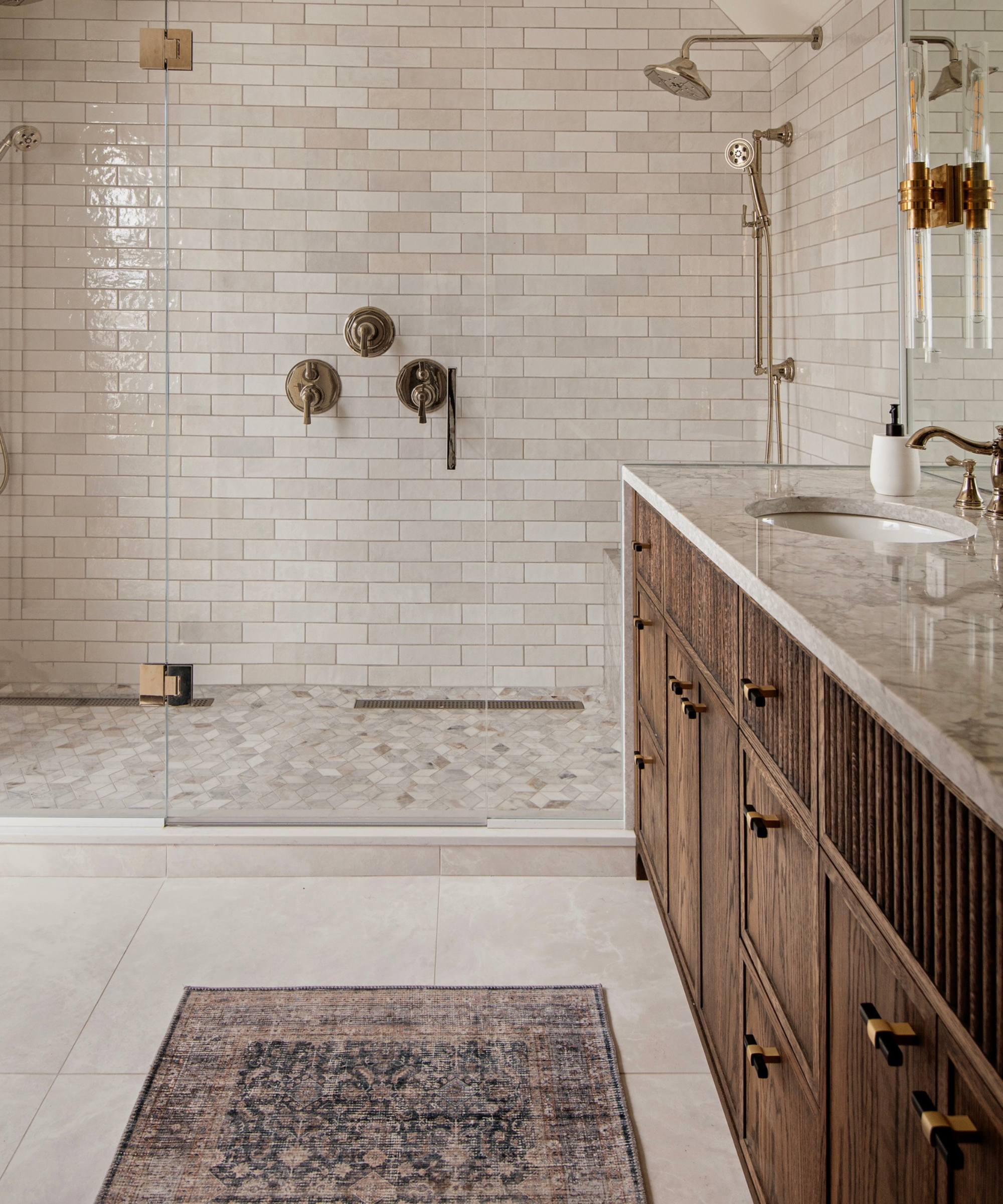
From there, the trick is to prevent colonies in the first place. The best way to do this is to reduce humidity and moisture in the shower between uses, improve ventilation, and wipe away moisture using a squeegee to stop limescale and mold.
Otherwise, Michael suggests cleaning with hydrogen peroxide to tackle it as soon as it crops up. He suggests, 'If the issue seems minor, you can try cleaning and then monitor it carefully. Start by spraying the affected area with hydrogen peroxide [from Walmart] and letting it sit for about 10 minutes.
'Once it’s had time to break down the problem, wipe the surface with a microfiber cloth [also from Walmart] and then repeat this step three times. Wiping is essential because it helps remove microscopic particles that can otherwise linger and continue to impact your indoor environment.'
Be sure to wash microfiber cloths correctly afterwards to remove spores and prevent cross-contamination. Using Tide Ultra Hygenic Clean Liquid Detergent, from Walmart, can also help to kill bacteria for fresh cleaning tools every wash.
What to Shop
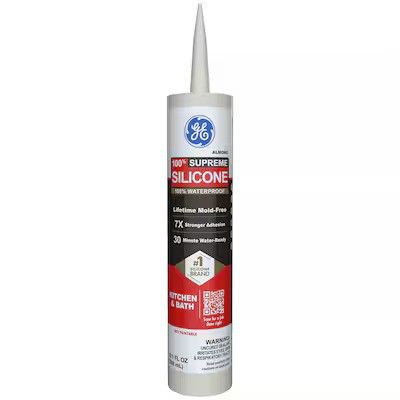
GE Supreme Silicone Kitchen and Bath sealant is a premium, 100% silicone and 100% waterproof sealant ideal for areas that are constantly exposed to moisture. This sealant also has a 30-minute water-ready formula and resists stain-causing mold and mildew growth.
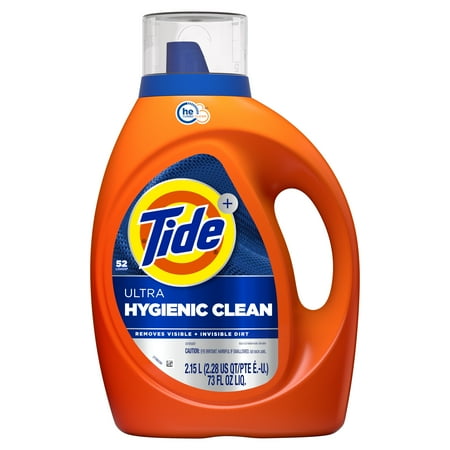
Tide Ultra Hygienic Clean Liquid Laundry Detergent gets between the fibers to clean hidden dirt.
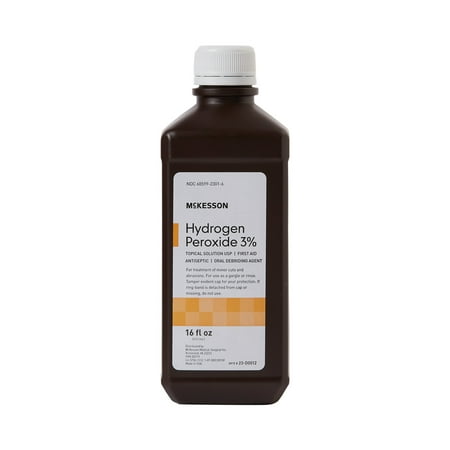
This medical-grade hydrogen peroxide formulated with 3% concentration for effective antiseptic use and household cleaning.

Wiping down shower walls and glass after each shower can prevent hard water marks and moisture buildup for easier weekly cleaning.
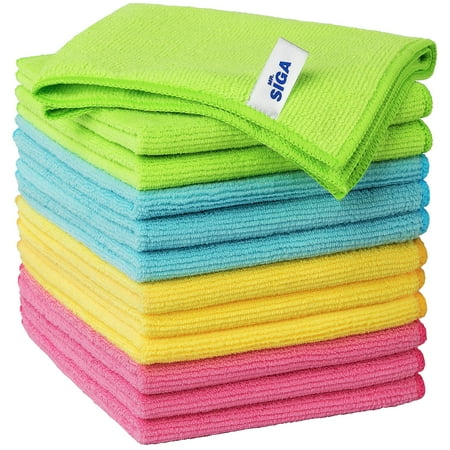
Microfiber cloths are machine washable, meaning you can reuse them for years with proper care. Simply wash on a warm water cycle with detergent, but skip the softener.
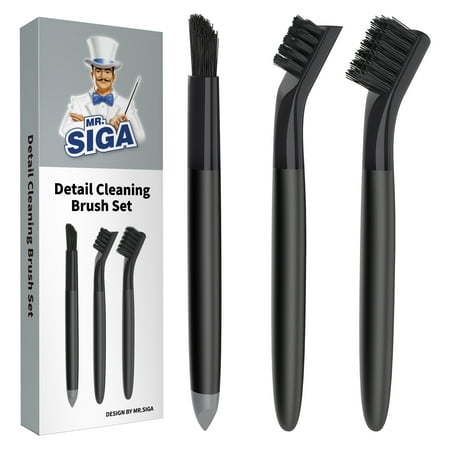
These small detail cleaning brushes are ideal for targeting awkward spots cloths can't reach, such as grout lines or around fixtures.
Meet the Experts
Need something to use up all that white vinegar stashed in your cleaning cabinet? It is the secret to a nice-smelling shower drain, helping to bust odors for a fresher bathroom.







